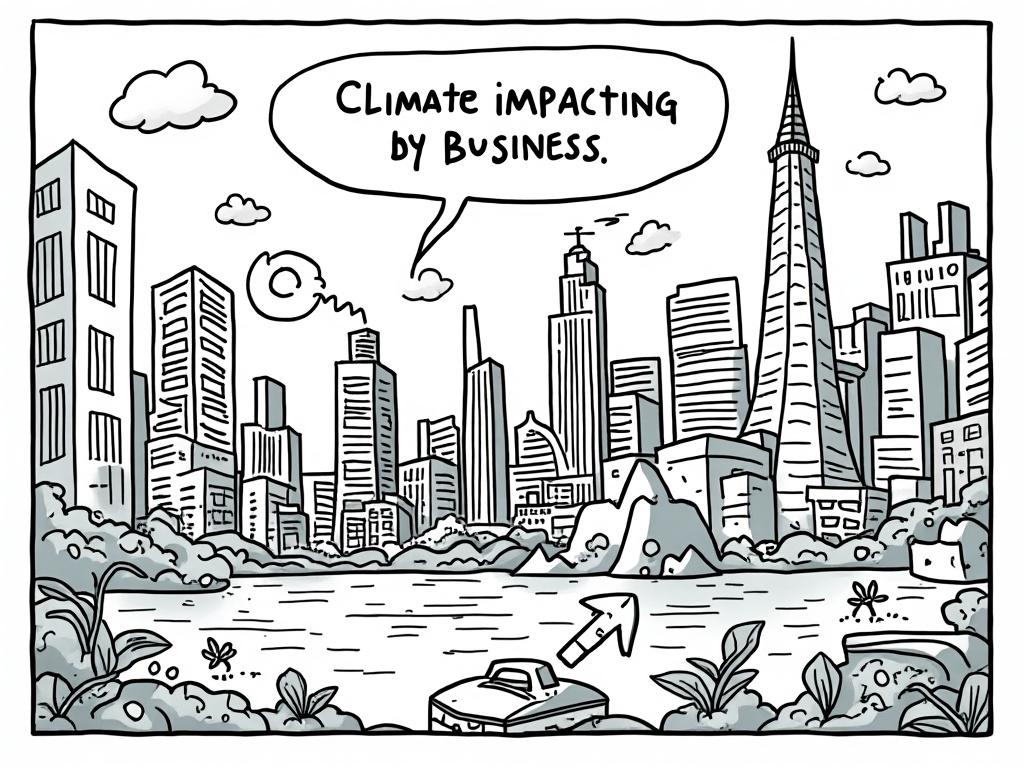
Climate’s Transformative Impact on Greek Agriculture: Navigating Modern Challenges and Opportunities
Reading time: 8 minutes
Ever wondered why Greek olive oil tastes so distinctively rich, or how ancient agricultural practices are adapting to modern climate realities? You’re about to discover how Greece’s unique climate shapes one of Europe’s most resilient agricultural sectors.
Table of Contents
- Understanding Greece’s Agricultural Climate Zones
- Traditional Crops and Climate Adaptation
- Modern Climate Challenges and Solutions
- Economic Impact and Market Dynamics
- Innovation and Future Strategies
- Frequently Asked Questions
- Your Agricultural Climate Roadmap
Understanding Greece’s Agricultural Climate Zones
Greece’s agricultural success story isn’t just about tradition—it’s about strategic climate adaptation that spans millennia. The country’s diverse topography creates distinct microclimates that have shaped agricultural practices across different regions.
Mediterranean Climate Dominance
The Mediterranean climate covers approximately 80% of Greece’s agricultural land, characterized by hot, dry summers and mild, wet winters. This climate pattern creates optimal conditions for drought-resistant crops like olives, grapes, and citrus fruits.
Key climate characteristics include:
- Average summer temperatures: 25-35°C (77-95°F)
- Annual rainfall: 400-700mm, concentrated in winter months
- 280+ days of sunshine annually
- Strong seasonal winds that influence crop timing
Regional Climate Variations
Well, here’s the straight talk: Greece isn’t climatically uniform. Northern regions experience continental influences, while island microclimates create unique growing conditions. Understanding these variations is crucial for agricultural success.
Consider this scenario: A farmer in Crete faces different challenges than one in Macedonia. Cretan agriculture benefits from year-round mild temperatures and consistent sea breezes, while Macedonian farmers must adapt to cooler winters and different precipitation patterns.
| Region | Average Annual Temp | Rainfall (mm) | Primary Crops | Climate Challenges |
|---|---|---|---|---|
| Crete | 19.5°C | 520mm | Olives, Citrus, Grapes | Water scarcity, heat waves |
| Peloponnese | 17.8°C | 680mm | Olives, Grapes, Cereals | Irregular rainfall, drought |
| Thessaly | 16.2°C | 450mm | Cotton, Cereals, Fruits | Temperature extremes |
| Macedonia | 14.5°C | 520mm | Cereals, Tobacco, Fruits | Frost risk, variable seasons |
Traditional Crops and Climate Adaptation
The Olive Oil Success Story
Greece produces approximately 300,000 tons of olive oil annually, making it the world’s third-largest producer. This success stems from perfect climate alignment—olives thrive in Mediterranean conditions with minimal water requirements.
Dr. Maria Kostas, Agricultural Research Institute of Athens, explains: “Greek olive varieties have evolved over 4,000 years to maximize the benefits of our specific climate patterns. The Koroneiki variety, for instance, produces exceptional oil precisely because it’s adapted to our dry summers and mild winters.”
Climate advantages for olive cultivation:
- Drought tolerance: Mature trees survive on 200-300mm annual rainfall
- Heat resistance: Optimal fruit development at 25-30°C
- Winter dormancy: Cold tolerance down to -7°C protects against frost damage
Viticulture and Terroir Expression
Greek wine production showcases how climate creates distinct terroir characteristics. The country’s 300+ indigenous grape varieties reflect millennia of climate adaptation.
Practical example: Santorini’s volcanic soils combined with strong winds and intense sunshine create unique growing conditions. Vines are trained in traditional “kouloura” baskets, protecting grapes from wind while maximizing sun exposure—a perfect climate adaptation strategy.
Modern Climate Challenges and Solutions
Rising Temperature Impacts
Greece has experienced a 1.5°C temperature increase over the past 50 years, significantly impacting agricultural patterns. This change affects crop timing, water requirements, and pest management strategies.
Temperature Impact Comparison (1970 vs 2020)
Water Scarcity and Management
Ready to transform water challenges into competitive advantages? Greek farmers are pioneering precision irrigation systems that reduce water usage by 40% while maintaining crop yields.
Innovative water management strategies include:
- Drip irrigation systems: Reduce water consumption by 30-50%
- Soil moisture sensors: Optimize watering schedules based on real-time data
- Drought-resistant varieties: New cultivars requiring 25% less water
- Rainwater harvesting: Capture and store winter precipitation for summer use
Pest and Disease Pressure Changes
Climate change has altered pest lifecycles and disease patterns. The olive fruit fly, Greece’s most significant agricultural pest, now completes additional generations per year due to extended warm periods.
Integrated pest management approaches include:
- Biological control using beneficial insects
- Pheromone traps for early detection
- Climate-based forecasting models
- Resistant variety development
Economic Impact and Market Dynamics
Agriculture contributes approximately €6.2 billion annually to Greece’s economy, with climate factors directly influencing production costs and market competitiveness.
Quick scenario: Consider a typical olive farm experiencing increased irrigation costs due to reduced rainfall. Smart farmers are offsetting these costs through premium organic certification and direct-to-consumer marketing, often connecting with buyers interested in greek property for sale who appreciate authentic agricultural products.
Export Market Adaptations
Greek agricultural exports have adapted to climate realities by focusing on quality over quantity. Premium olive oil exports increased by 15% in 2023, despite overall production challenges.
Market adaptation strategies:
- Premium positioning: Emphasizing climate-enhanced flavor profiles
- Sustainability certifications: Meeting international environmental standards
- Direct marketing: Connecting with conscious consumers globally
- Value-added processing: Creating higher-margin products
Innovation and Future Strategies
Technology Integration
Greek farmers are embracing precision agriculture technologies to optimize climate adaptation. Satellite imagery, weather stations, and AI-powered analytics help predict optimal planting and harvesting times.
Practical implementation roadmap:
- Weather monitoring: Install on-farm weather stations for microclimate data
- Soil analysis: Regular testing for nutrient and moisture optimization
- Crop modeling: Use predictive software for planting decisions
- Market timing: Align harvest schedules with price forecasts
Sustainable Practices
Pro tip: The right climate adaptation isn’t just about surviving challenges—it’s about creating regenerative agricultural systems that improve over time.
Leading sustainable practices include:
- Cover cropping to improve soil health and water retention
- Agroforestry systems combining trees with crops
- Composting programs reducing waste and improving soil
- Solar-powered irrigation systems reducing energy costs
Frequently Asked Questions
How does Greece’s climate compare to other Mediterranean agricultural regions?
Greece enjoys more consistent sunshine hours (2,700+ annually) compared to Spain (2,500) or Italy (2,400), creating advantages for solar-dependent crops like grapes and olives. However, Greece faces greater water scarcity challenges, making efficient irrigation more critical than in wetter Mediterranean regions.
What are the most climate-resilient crops for Greek agriculture?
Olive trees, carob, almonds, and indigenous grape varieties show exceptional climate resilience. These crops evolved in Mediterranean conditions and can withstand temperature fluctuations, drought periods, and soil variations better than imported varieties. Many farmers are also experimenting with quinoa and other drought-tolerant alternatives.
How can small-scale farmers adapt to climate challenges cost-effectively?
Start with water-efficient practices like mulching and proper pruning, which require minimal investment but significant impact. Join cooperative purchasing programs for irrigation equipment, explore EU agricultural grants for climate adaptation, and focus on high-value, climate-adapted crops that command premium prices in local and export markets.
Your Agricultural Climate Roadmap
Successfully navigating Greece’s agricultural climate landscape requires strategic thinking and practical action. Here’s your implementation framework:
Immediate Actions (Next 30 Days):
- Assess your current water usage and identify efficiency opportunities
- Research climate-adapted varieties suitable for your region
- Connect with local agricultural extension services for climate data
- Evaluate your soil health and moisture retention capacity
Medium-term Strategies (3-12 Months):
- Implement precision irrigation systems where feasible
- Diversify crop varieties to spread climate risks
- Develop direct marketing channels for premium products
- Join or form farmer cooperatives for shared resources and knowledge
Long-term Vision (1-5 Years):
- Transition to regenerative agricultural practices
- Integrate renewable energy systems
- Develop climate-resilient business models
- Build brand recognition for climate-adapted products
The intersection of traditional wisdom and modern innovation positions Greek agriculture for continued success despite climate challenges. As global demand for sustainable, high-quality agricultural products grows, Greek producers who master climate adaptation will find themselves at a significant competitive advantage.
What specific climate adaptation strategy will you implement first to future-proof your agricultural venture?

Article reviewed by Victor Moreau, Timberland & Natural Resources | Sustainable Asset Monetization, on June 4, 2025
